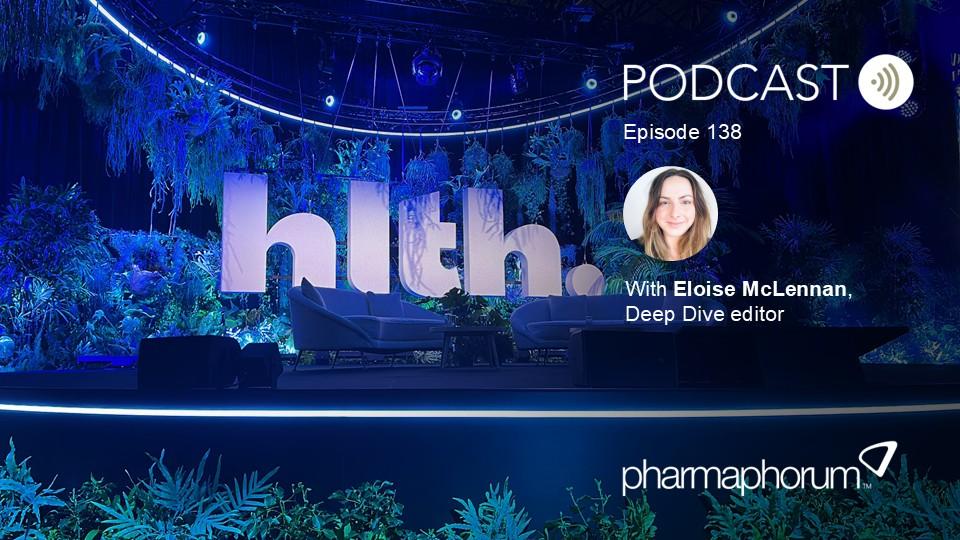Oncology R&D: the patient insights we’re still missing, and how to catch up

Imagine you are a pharma executive working in oncology R&D. The landscape is rapidly becoming more competitive and overcrowded. You are under pressure to bring solutions now, and for your entire career, you have been taught that things must be done a certain way. Patient engagement is viewed by many as a nice-to-have rather than a necessity, and some may even consider it a passing fad or commercially unfeasible – in any case, you’re already satisfying regulators and journals with lay summaries and a few engagement projects.
In this pressured environment, are you going to be drawn towards taking a risk by giving patients more power to influence trials? Some may say yes, but many would feel more inclined towards traditional, comfortable R&D methodology. After all, pharma are the experts in getting drugs through trials and onto the market, right?
In fact, the old way is dying out. Evidence shows that, despite historical success, the oncology R&D pipeline is unsustainable, not only becoming increasingly difficult and costly, but also fast approaching relative stagnation. The numbers are striking – in just the 13 years following 2003, R&D costs were estimated to have doubled, and with failure rates as high as 90% and time to market stagnating at ~12 years for the past three decades, the R&D innovation need is urgent. Healthcare systems and patients are suffering the consequences, as drug prices and times to market increase, and access to treatments is consequently hindered in the context of an ageing population carrying an ever-rising chronic disease burden. Indeed, increasing costs pose pharma’s biggest R&D challenge today.
Luckily, the tools required to escape from this downward spiral already exist – enter patient engagement. However, despite R&D being the area of pharma most widely accepted as benefiting from the patient voice, few trials are truly patient-centric. Fortunately, patients can provide valuable input across the drug development process, and the costs of accommodating this are low within the scale of investment required for R&D overall. If drug developers, regulators, payers and patient associations can collaborate to arrange deeper and earlier engagement that is structured, well-defined and consistently applied, a triple win for pharma, patients and society is certainly achievable.
• Read the full article in pharmaphorum's Deep Dive digital magazine













